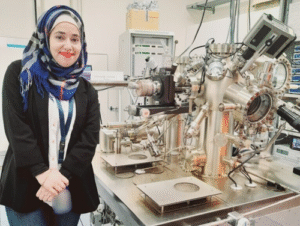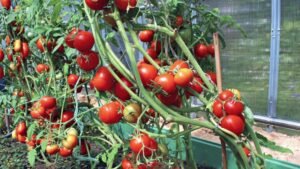Sunday, 19 October 2025
Japan to expand export of scallops
The scallops produced in Hokkaido, Aomori, Iwate, and Miyagi are particularly desirable, as the local ocean currents provide highly rich nutrients, resulting in one of the world’s largest scallop landings…

The scallops produced in Hokkaido, Aomori, Iwate, and Miyagi are particularly desirable, as the local ocean currents provide highly rich nutrients, resulting in one of the world’s largest scallop landings
The Japan Scallop Export Promotion Association (J-HOTATE Association) is on a mission to expand the export of Japanese scallops. To achieve this, they will be presenting Japanese scallops to European markets at the Seafood Expo Global, which is scheduled to take place in Barcelona, Spain.
Japanese scallops, also known as HOTATE, are highly regarded for their flavour, size, and quality. They can be enjoyed year-round under environmentally friendly farming and harvesting methods that employ advanced technology to maintain freshness. These techniques are unique to Japan. The scallops produced in Hokkaido, Aomori, Iwate, and Miyagi are particularly desirable, as the local ocean currents provide highly rich nutrients, resulting in one of the world’s largest scallop landings.
Scallops are also known for their health benefits. They are rich in nutrients such as vitamin B1, which is effective in alleviating fatigue and improving concentration, and taurine, which is known to improve heart and liver function and help prevent diabetes. Additionally, scallops are high in protein and low in calories, making them a superfood.
Japan’s proximity to fishing grounds and ports allows scallops to be processed and distributed immediately after harvesting, making it a common custom to eat scallops raw in Japan. Today, scallops are rapidly frozen right after landing, allowing for overseas distribution while maintaining quality.
In 2022, exports of Japanese scallop products from Japan to other countries reached a record high of 94.5 billion JPY (approximately 128,000 tons in weight), double the value (over 1.6 times in weight) of 2020, when markets stalled due to COVID-19.
Technology
Julius Meinl introduces industrially compostable capsules
Oct 17, 2025 | Beverages
Engineering Nutrition: Marico’s R&D Push to Redefine Everyday Wellness
Oct 17, 2025 | Food
Quantum leap to tackle Australian food security and student wellbeing
Oct 16, 2025 | Australia
Food Testing
ADM advances quality capabilities with opening of new Central Milling Laboratory
Oct 16, 2025 | Company News
South Australia now tomato virus free
Oct 13, 2025 | Australia
Inside Agilent’s Strategy to Make India Global Benchmark in Food Testing
Oct 10, 2025 | Food Safety and Testing
More Popular
South Africa’s Premier Group to acquire RFG Holdings
Oct 17, 2025 | Africa
Julius Meinl introduces industrially compostable capsules
Oct 17, 2025 | Beverages
Nestlé accelerates growth strategy with RIG-led investments and cost optimisation plans
Oct 17, 2025 | Company News






